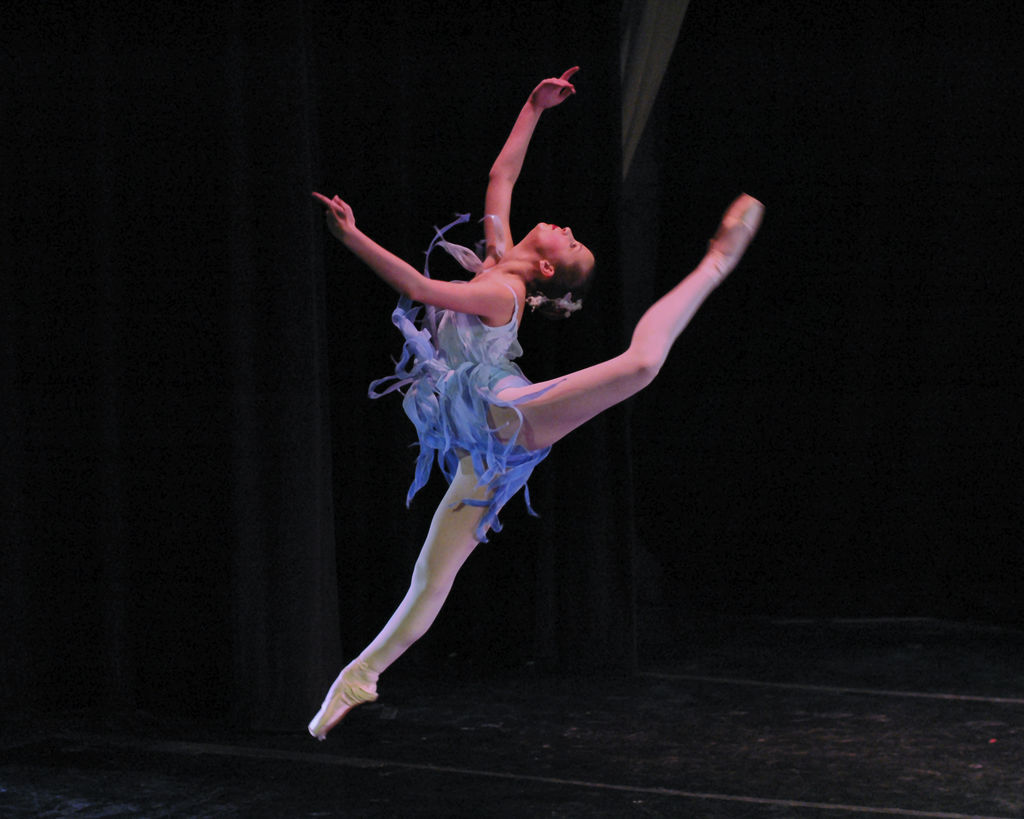Ballet first originated in the 15th century in the Italian Renaissance Courts. Catherine de Medici, an Italian Noblewoman and the wife of King Henry II in of France, began funding ballet in the French court. Her elaborate festivals encouraged the growth of ballet in France. King Louis XIV, a century later, helped to make ballet more popular in France. He performed many roles himself. In 1661, King Louis XIV founded the Académie Royale de Danse. In 1672, Lully became the director of the Académie Royal de Musique and created the first professional ballet company, the Paris Opera Ballet.
During the Romantic Movement in the first half of the nineteenth century, popular ballet classics such as Giselle and La Sylphide emerged. The romantic movement not only influenced art, music, and literature, but also ballet. Pointe Work and pointe shoes were first introduced during this time period. Maria Taglioni was the first ballet dancer to perform a full length ballet in pointe shoes. Though back then, pointe shoes were much different than they are today.
Ballet began to become more and more popular in Russia during the nineteenth century. The Nutcracker, Swan Lake, Sleeping Beauty, and other famous ballets were all created in Russia. In Russia the first professional ballet company was founded in 1738 as the Imperial Ballet School, now known as the Vaganova Academy of Russian Ballet. The classical tutu first appeared in this time as well. It is much shorter and stiffer than the romantic tutu and was created to reveal the ballerina’s legs.
In the twentieth century a choreographer named George Balanchine in the United States created a form of ballet called neoclassical ballet. Neoclassical ballet is like classical ballet but more abstract. Often times in neoclassical ballet the plot, costumes, and scenery are unclear. Another form of ballet developed in the twentieth century by George Balanchine was contemporary ballet. Contemporary ballet incorporates both classical ballet and modern dance.
Ballet has continued to change over the years. There are many different professional ballet companies, ballets, and forms of ballet. A few notable ballet companies include the American Ballet Theater, the Paris Opera Ballet, and the Bolshoi Ballet.




